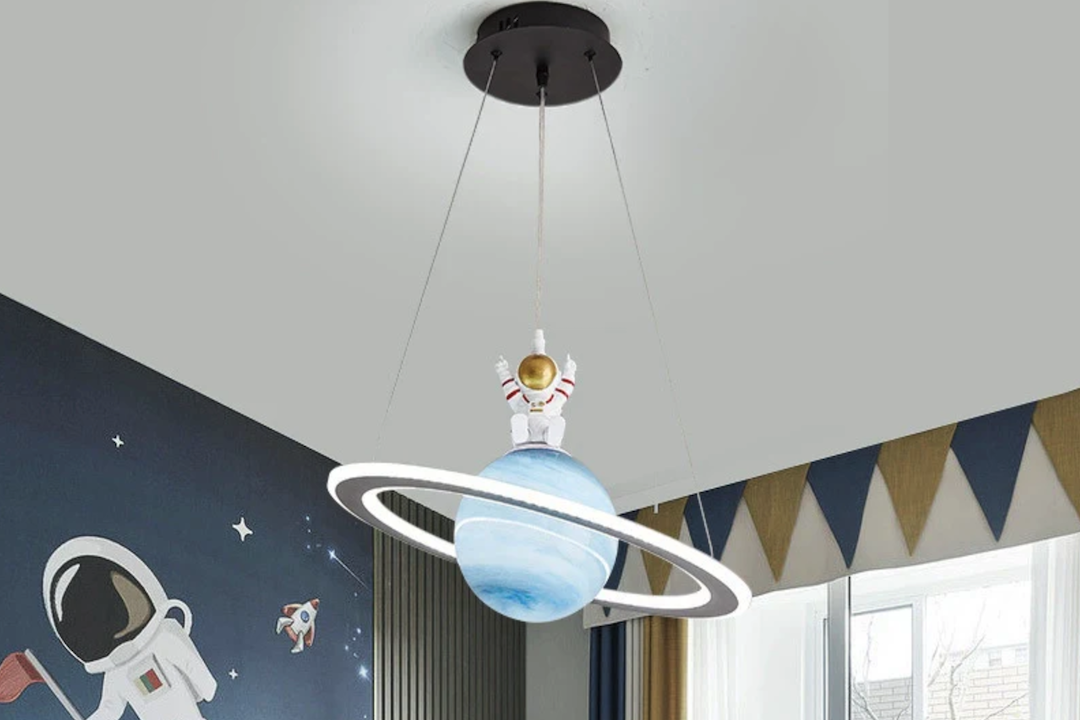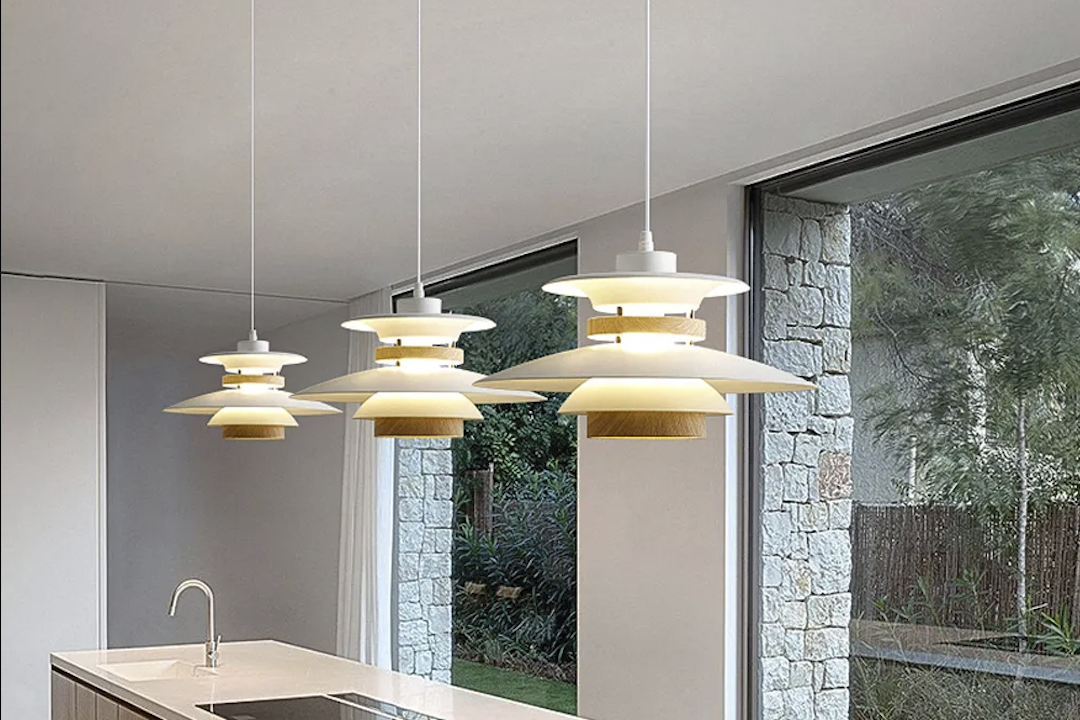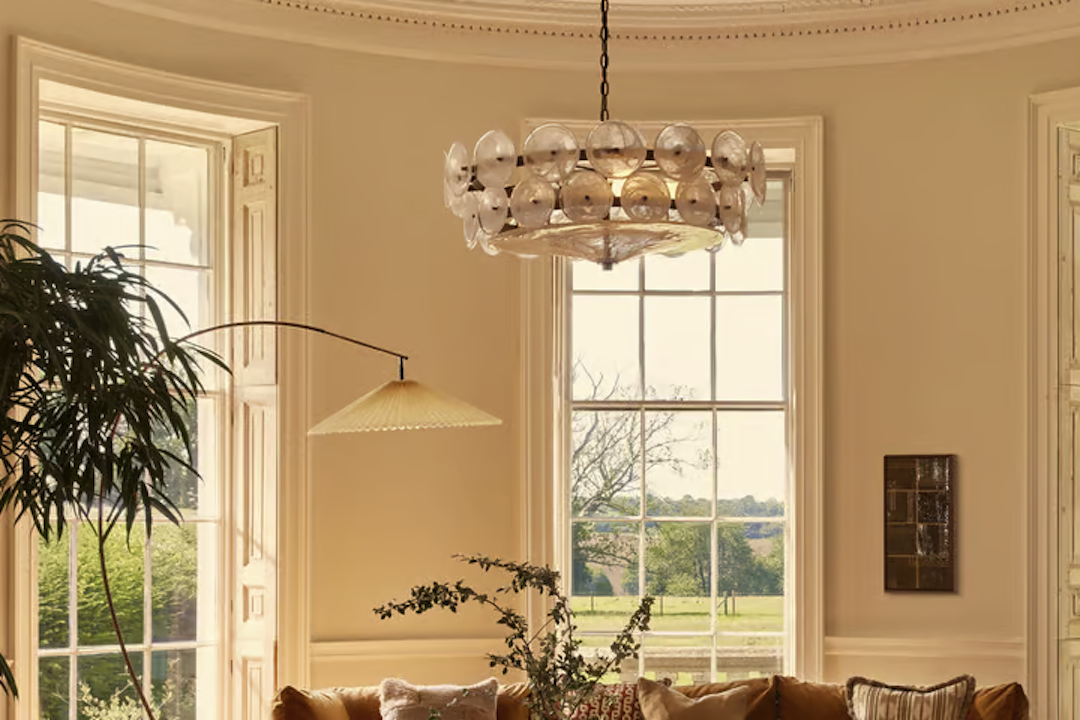Introduction
Wabi Sabi is a Japanese philosophy that embraces the beauty of imperfection, impermanence, and incompleteness. Wabi Sabi art represents this philosophy through its aesthetic, emphasizing natural materials, simplicity, and asymmetry. This art form has gained popularity worldwide and has influenced many modern artists. In this article, we will explore Wabi Sabi art and its philosophy in detail.
History and Philosophy of Wabi Sabi
Wabi Sabi has its roots in ancient Japanese tea ceremonies, where the tea master would deliberately choose and use imperfect tea bowls to emphasize the transience and imperfection of life. The philosophy later evolved to include all aspects of life, highlighting the beauty in imperfection, simplicity, and humility. The philosophy believes in embracing the fleeting, transient nature of things, and finding beauty in the marks that time leaves behind.
The Aesthetic of Wabi Sabi Art
Wabi Sabi art has a unique aesthetic that is recognized around the world. This art form emphasizes the use of natural materials, such as wood, ceramic, and paper. The materials are often left in their natural state, with minimal manipulation or finishing. The art reflects the simplicity and asymmetry present in nature, often featuring organic, irregular shapes and textures.
The Influence of Wabi Sabi Art Today
Wabi Sabi has had a significant influence on the art world, with many modern artists incorporating its principles into their work. The philosophy has become increasingly popular within the minimalist movement, and it has influenced the design of furniture, home decor, and architecture. Many people are drawn to Wabi Sabi’s appreciation of imperfection and its focus on mindfulness and simplicity.
Conclusion
Wabi Sabi art is a beautiful expression of the philosophy that embraces the beauty of imperfection and incompleteness. It reflects values of simplicity, humility, and transience, emphasizing the imperfect and asymmetrical. Its unique aesthetic has influenced many modern artists, and its principles have inspired the minimalist movement in design. By understanding its philosophy and appreciating its beauty, we can learn to find joy in imperfection and embrace the fleeting moments of life.







